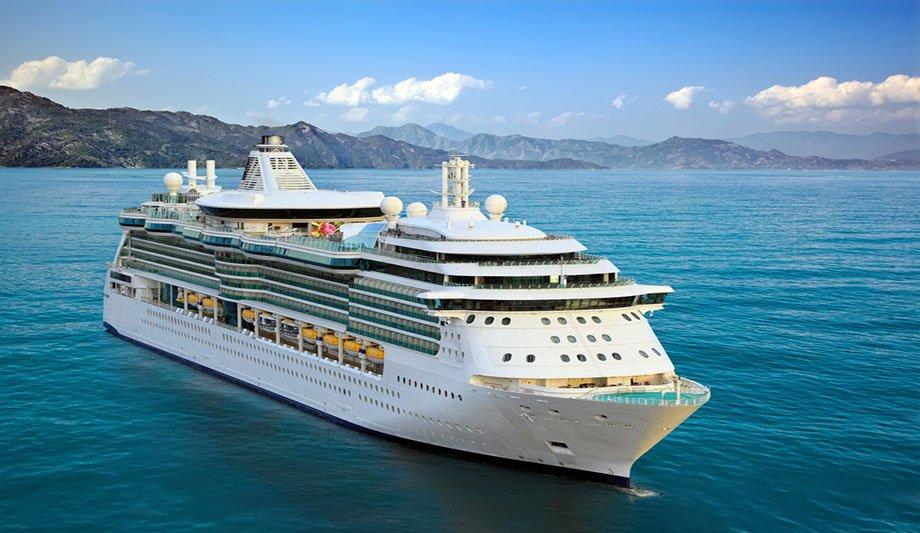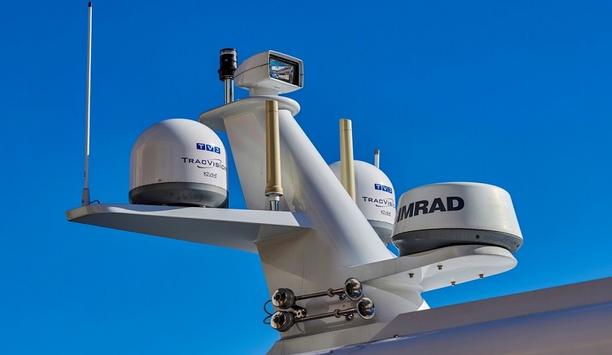Even in the waning days of the COVID pandemic, infectious diseases aboard cruise ships continue to be a cause for concern. Aggravating the challenge is a combination of crowded conditions, vulnerable (i.e., older) passengers, and the need for a fast turnaround once a ship is docked (thus providing limited time for sanitation protocols).
While passengers tend to originate from affluent countries, where infection rates are low and vaccinations are common, crew members may come from developing companies where higher rates of infection are common and vaccinations are not.
Disease exposure and transmission
Disease exposure and transmission are worsened by the dense population and closed-in environment of cruise ships, and by shared activities among international passengers and crew. A specific risk is that a person may catch an infectious disease during a cruise voyage and then spread it to a vulnerable community upon their return (e.g., nursing homes).
At the risk of infection are the 9 million or so passengers who board cruise ships from North American ports, about half of which embark from a Florida port.
Healthcare quality
Although there are some accepted guidelines and best practices, how they are implemented can vary
In its post-pandemic revival, the cruise industry is seeing higher capacity; the average cruise ship carries 3,000 passengers and 1,500 crew members.
The quality of healthcare on cruise ships varies widely, and there are no international regulations that ensure high-quality care. Although there are some accepted guidelines and best practices, how they are implemented can vary from one cruise line to the next.
Compliance standards and guidelines
The Cruise Line International Association (CLIA) sets compliance standards among its member cruise lines, urging members to follow the “Health Care Guidelines for Cruise Ship Medical Facilities” developed by the American College of Emergency Physicians (ACEP) Section on Cruise Ship and Maritime Medicine.
The guidelines address issues such as medical facility design, staff qualifications, diagnostic equipment, and availability of medicines. The guidelines address emergency care, not primary care or preventative services for crew members.
Sanitation requirements
International Health Regulations address sanitation requirements. In the United States, the U.S. Coast Guard enforces maritime safety requirements, and the U.S. Centers for Disease Control and Prevention (CDC) regulate sanitation and public health on cruise ships.
The Public Health Service Act authorises the U.S. Public Health Service to take action to prevent introducing, transmitting or spreading communicable diseases into the United States from a foreign country.
Vessel Sanitation Program
CDC requires carriers to report death and certain illnesses in arriving passengers and crew
As the lead agency relating to communicable disease control at international ports of entry, the CDC requires carriers to report death and certain illnesses in arriving passengers and crew.
The CDC established the Vessel Sanitation Program in 1976, surveilling gastrointestinal illnesses and investigating outbreaks on cruise ships. They also handle sanitation inspections in partnership with the cruise lines.
Track and prevent communicable diseases
Historically, efforts to track communicable diseases in cruise ship environments have yielded early warnings of illness clusters that might otherwise have gone unnoticed. Examples include influenza, measles, rubella, varicella, meningococcal meningitis, hepatitis A, Legionnaire’s Disease, and respiratory and gastrointestinal illnesses.
Although most authority regarding the regulation of international travel rests with the federal government, states can also help by providing recommendations and guidelines to improve communication and collaboration with the CDC and the cruise ship industry to strengthen prevention programmes.





























